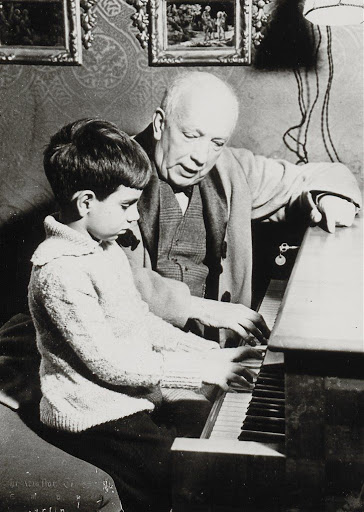Academic study: Classical reviews have not changed in 90 years
mainA research study by Swiss and British scholars has confirmed what many have long suspected: that classical music critics are clinging to criteria that have long since lost their relevance.
That conclusion must, however, be limited by the study’s terms of reference: the scholars examined 90 years of reviews of the 32 Beethoven sonatas in Gramophone magazine, where past performance is generally prized above present and… nothing ever changes. Here’s the study outline:
What sets a great music performance apart? In this study, we addressed this question through an examination of value judgements in written criticism of recorded performance. One hundred reviews of recordings of Beethoven’s piano sonatas, published in the Gramophone between 1934 and 2010, were analyzed through a three-step qualitative analysis that identified the valence (positive/negative) expressed by critics’ statements and the evaluation criteria that underpinned their judgements. The outcome is a model of the main evaluation criteria used by professional critics: aesthetic properties, including intensity, coherence, and complexity, and achievement-related properties, including sureness, comprehension, and endeavour. The model also emphasizes how critics consider the suitability and balance of these properties across the musical and cultural context of the performance.
And the conclusions?
In line with previous results (Alessandri et al., 2015), the majority of critics’ statements (87.57%) were valence loaded, although the valence was typically mixed within each review, with a combination of positive, negative, and mixed statements. Alongside valence loaded judgements given in the canonical form “Performance P is good/bad because of feature F” numerous judgements were found in the form “P is X,” where X is a performance descriptor that also implies an evaluation by being inherently valence loaded. Despite the richness of performance aspects discussed in reviews—as reported by Alessandri et al. (2015)—the systematic analysis of valence loaded statements and their relationship with performance descriptors found that critics’ evaluations resulted in a model comprising just seven evaluation criteria that were reliably used by all the critics in our review corpus.
Could you simplify that?
The six main critical criteria from our emergent model were used consistently by all ten critics across almost 90 years of reviews covering all of Beethoven’s piano sonatas (100 recordings, at least six recordings for each of the 32 sonatas).
In other words, Gramophone is a model of consistency. Nothing significant has changed in its reviews over 90 years. Read the full study here.






Comments